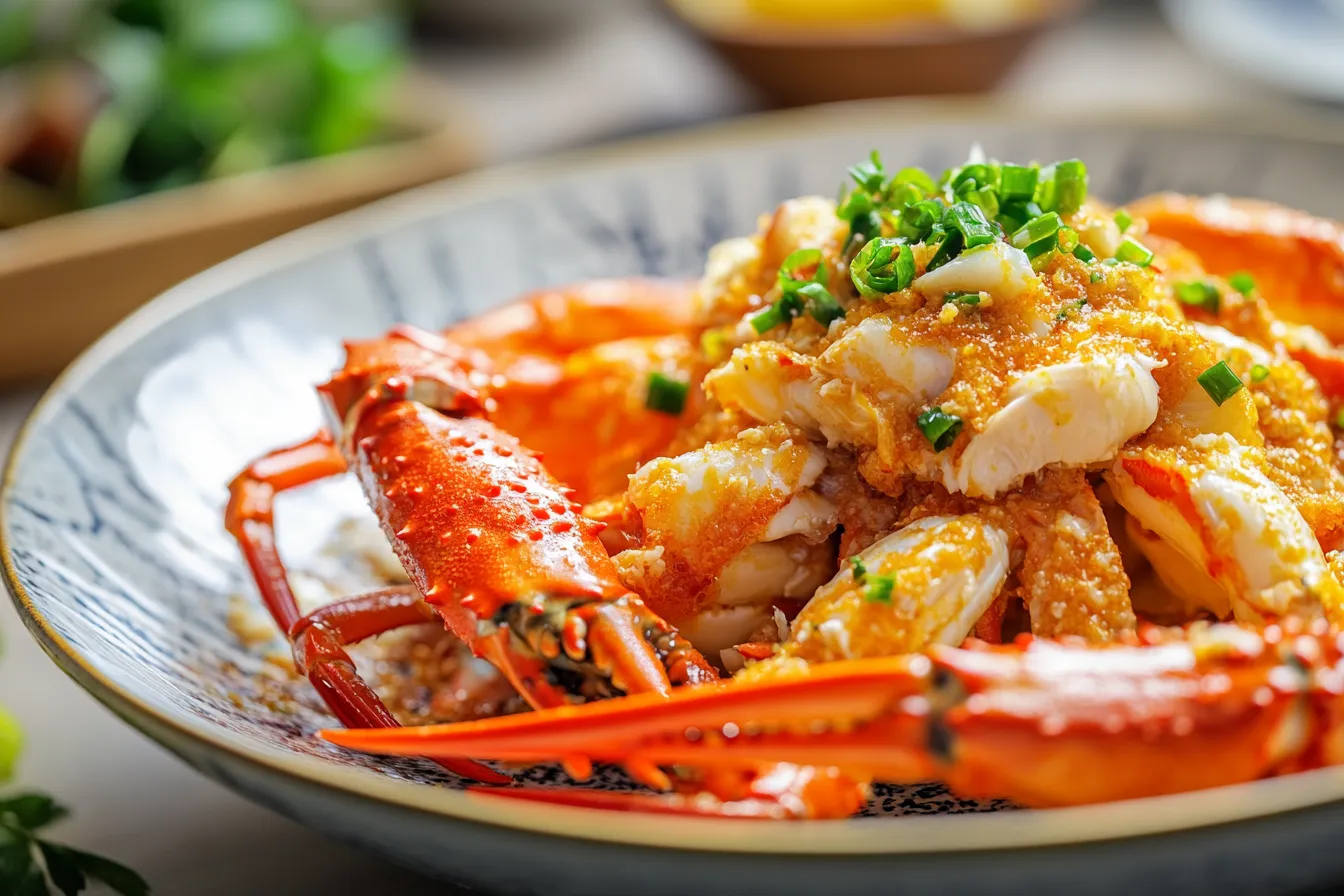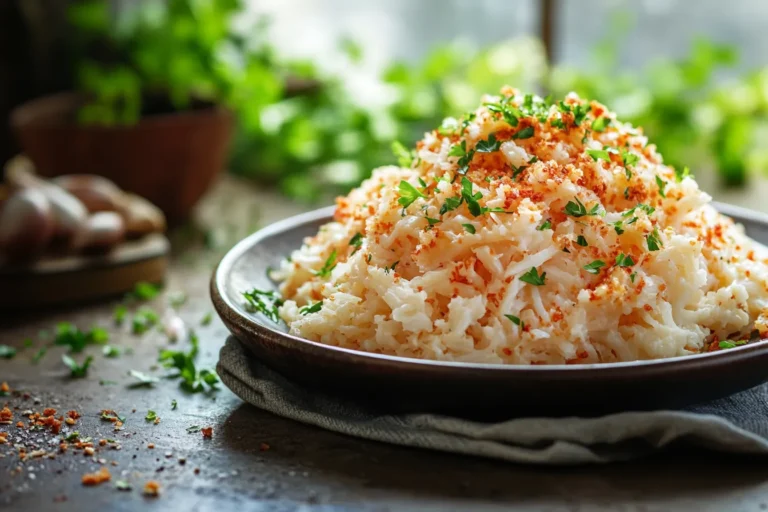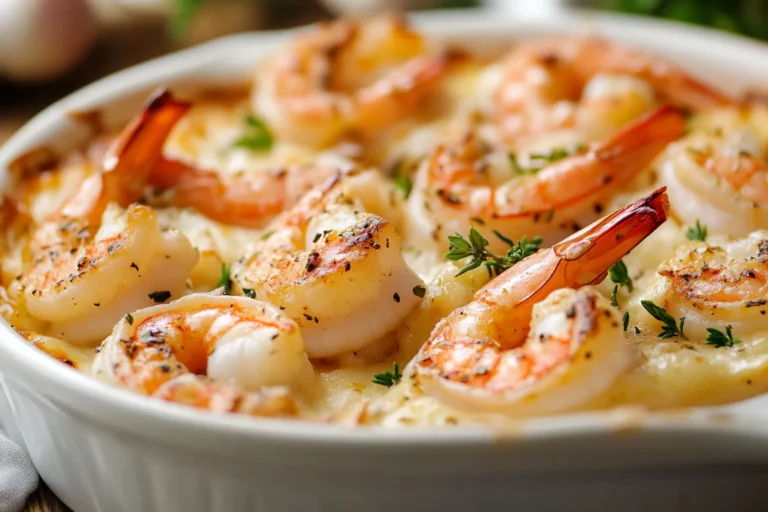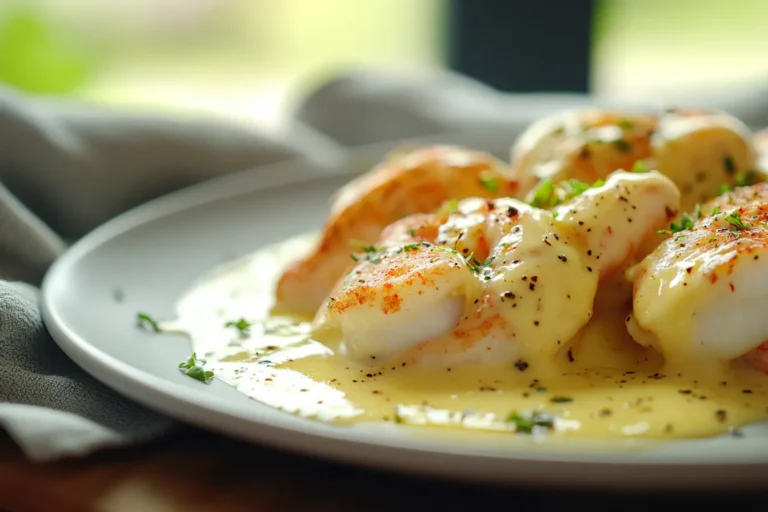Authentic Guide Is Imitation Crab Healthy Pros Cons Revealed
Table of Contents
Introduction
In the ever-evolving world of food and nutrition, one question that often arises is whether imitation crab is a healthy choice. Commonly used in sushi, seafood salads, and various other dishes, imitation crab has become a staple in many households. However, its perceived health benefits have been the subject of much debate. As a professional blogger, SEO specialist, and generative engine optimization (GEO) expert, I’m here to dive deep into the nutritional value of imitation crab, explore its potential health implications, and provide you with a comprehensive understanding of this intriguing seafood alternative.
Ingredients List
Imitation crab, also known as surimi, is a seafood product made from white fish, typically pollock or cod, that has been processed to resemble the texture and flavor of real crab meat. While the exact ingredients can vary, imitation crab typically contains the following:
- White fish (e.g., pollock, cod)
- Starch (typically potato or wheat-based)
- Egg white or other binding agents
- Salt
- Sugar
- Flavorings (e.g., crab extract, artificial crab flavor)
- Coloring agents (to mimic the appearance of real crab)
It’s important to note that the nutritional profile of imitation crab can vary depending on the specific brand and recipe used. Some manufacturers may use higher-quality ingredients or opt for healthier alternatives, such as using less processed starches or natural flavorings.
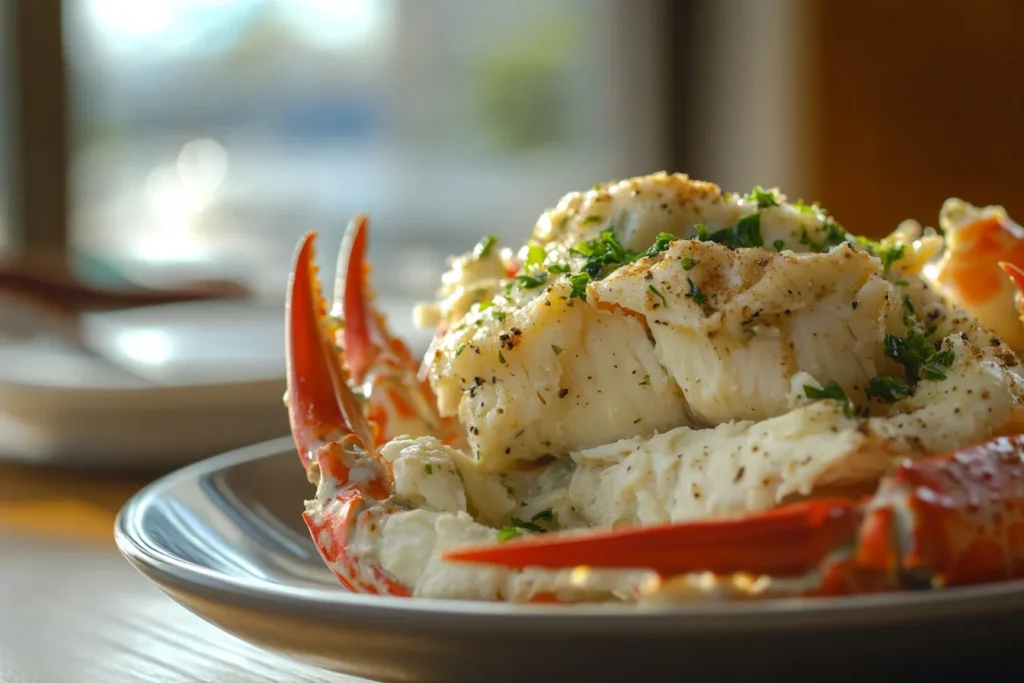
Timing
Preparing imitation crab dishes is generally quite straightforward and time-effective. The majority of recipes involving imitation crab require minimal preparation time, with most taking less than 30 minutes to assemble. This makes it a convenient option for busy weeknight meals or quick snacks. Additionally, imitation crab is often pre-cooked, further reducing the overall preparation time compared to working with raw seafood.
Preparation Time: 10-15 minutes
Cooking Time: 5-10 minutes
Total Time: 15-25 minutes
Step-by-Step Instructions
1. Prepare the Imitation Crab
Start by gently flaking or shredding the imitation crab meat into bite-sized pieces. This can be done using a fork or by hand, depending on your preference. Be careful not to over-shred the crab, as you want to maintain its tender, flaky texture.
2. Mix the Ingredients
In a large bowl, combine the prepared imitation crab with any additional ingredients called for in your recipe, such as mayonnaise, lemon juice, diced vegetables, or spices. Gently mix the ingredients until they are evenly distributed, taking care not to overmix, which can result in a dense or mushy texture.</
3. Chill or Serve
If your recipe calls for chilling the mixture, cover the bowl and refrigerate it for the recommended time, usually 30 minutes to an hour. This allows the flavors to meld and the mixture to firm up. Alternatively, if you’re ready to serve, simply transfer the imitation crab mixture to a serving dish and enjoy it immediately, either on its own or as part of a larger dish.

Nutritional Information
Imitation crab, while not a direct substitute for real crab meat, does provide some nutritional benefits. Here’s a breakdown of the key nutritional information:
- Calories: Typically 70-100 calories per 2-ounce serving
- Protein: Approximately 10-15 grams of protein per serving
- Fat: 2-4 grams of fat per serving, with a mix of saturated, monounsaturated, and polyunsaturated fats
- Carbohydrates: 3-6 grams of carbohydrates per serving, primarily from the added starches
- Sodium: Can be high, often ranging from 300-500 milligrams per serving, depending on the brand and recipe
- Vitamins and Minerals: Imitation crab provides some micronutrients, such as vitamin B12, selenium, and omega-3 fatty acids, though in smaller amounts compared to real crab meat
It’s important to note that the nutritional profile of imitation crab can vary significantly depending on the specific brand and recipe used. Some manufacturers may use healthier ingredients or offer low-sodium options, so it’s always a good idea to read the nutrition labels carefully.
Healthier Alternatives for the Recipe
While imitation crab can be a convenient and budget-friendly option, there are some healthier alternatives you can consider to enhance the nutritional value of your recipes:
- Real Crab Meat: Opt for fresh or canned wild-caught crab meat, which is higher in protein, omega-3s, and essential vitamins and minerals.
- Shrimp: Shrimp is a lean protein source that can be easily substituted for imitation crab in many recipes, providing a similar texture and flavor profile.
- Avocado: For a creamy, nutrient-dense alternative, consider incorporating mashed or diced avocado into your imitation crab-based dishes.
- Chickpeas or Lentils: These plant-based proteins can be used to replace some of the imitation crab, boosting the fiber and nutrient content of your recipe.
- Grilled or Baked Fish: Instead of imitation crab, use flaked, grilled, or baked fish, such as salmon or tuna, to create a healthier seafood-based dish.
By exploring these alternative ingredients, you can enjoy the flavors and textures you love while enhancing the overall nutritional profile of your meals.
Serving Suggestions
Imitation crab is a versatile ingredient that can be enjoyed in a variety of ways. Here are some delicious serving suggestions to inspire your culinary creativity:
- Sushi Rolls: Incorporate imitation crab into your homemade sushi rolls, either as the primary filling or as a complementary ingredient alongside other seafood or vegetables.
- Crab Cakes: Transform imitation crab into crispy, flavorful crab cakes, serving them as an appetizer or main course.
- Seafood Salads: Mix imitation crab with a variety of greens, vegetables, and a light, tangy dressing for a refreshing and satisfying seafood salad.
- Imitation Crab Dip: Blend imitation crab with cream cheese, mayonnaise, and your favorite seasonings for a delectable dip, perfect for crackers, chips, or fresh vegetables.
- Stuffed Mushrooms: Stuff imitation crab into small mushroom caps for a bite-sized, protein-packed appetizer.
Remember, the versatility of imitation crab allows you to get creative and incorporate it into a wide range of dishes, from appetizers and salads to main courses and snacks.
Common Mistakes to Avoid
When working with imitation crab, there are a few common mistakes to be aware of to ensure your dishes turn out delicious and enjoyable:
- Overcooking: Imitation crab is already pre-cooked, so excessive cooking can lead to a rubbery or dry texture. Be mindful not to overcook it, especially in recipes that involve heat.
- Excessive Shredding: While shredding the imitation crab can help create a more uniform texture, be careful not to overdo it, as this can result in a dense or mushy final product.
- Incorrect Ingredient Ratios: Pay close attention to the recipe proportions, as an imbalance of ingredients (e.g., too much mayonnaise or dressing) can overpower the delicate flavor of the imitation crab.
- Lack of Seasoning: Imitation crab can sometimes taste a bit bland on its own, so be sure to season your dishes with appropriate spices, herbs, or other flavorful ingredients to enhance the overall taste.
- Storing Improperly: Imitation crab has a relatively short shelf life, so be mindful of proper storage techniques to maintain freshness and prevent spoilage.
By being aware of these common pitfalls and taking the necessary precautions, you can ensure your imitation crab-based dishes are consistently delicious and enjoyable.
Storing Tips for the Recipe
Proper storage is essential to maintain the freshness and quality of imitation crab. Here are some tips to help you store your imitation crab-based recipes effectively:
- Refrigeration: Imitation crab should be stored in the refrigerator, either in its original packaging or in an airtight container. It will typically last 3-5 days when properly refrigerated.
- Freezing: For longer-term storage, you can freeze imitation crab. Wrap it tightly in plastic wrap or place it in a freezer-safe bag, removing as much air as possible. Properly frozen, imitation crab can last up to 6 months.
- Thawing: When ready to use frozen imitation crab, transfer it to the refrigerator and let it thaw slowly, which can take several hours or overnight. Avoid thawing at room temperature, as this can promote bacterial growth.
- Leftovers: If you have leftovers from an imitation crab-based dish, be sure to store them in an airtight container in the refrigerator. Consume the leftovers within 3-4 days for best quality and safety.
- Prepping Ahead: You can prepare some components of your imitation crab recipes in advance, such as chopping vegetables or mixing the dressing, and store them separately until ready to assemble the final dish.
By following these storage guidelines, you can ensure your imitation crab dishes maintain their freshness, flavor, and texture, even when prepared in advance or enjoyed as leftovers.
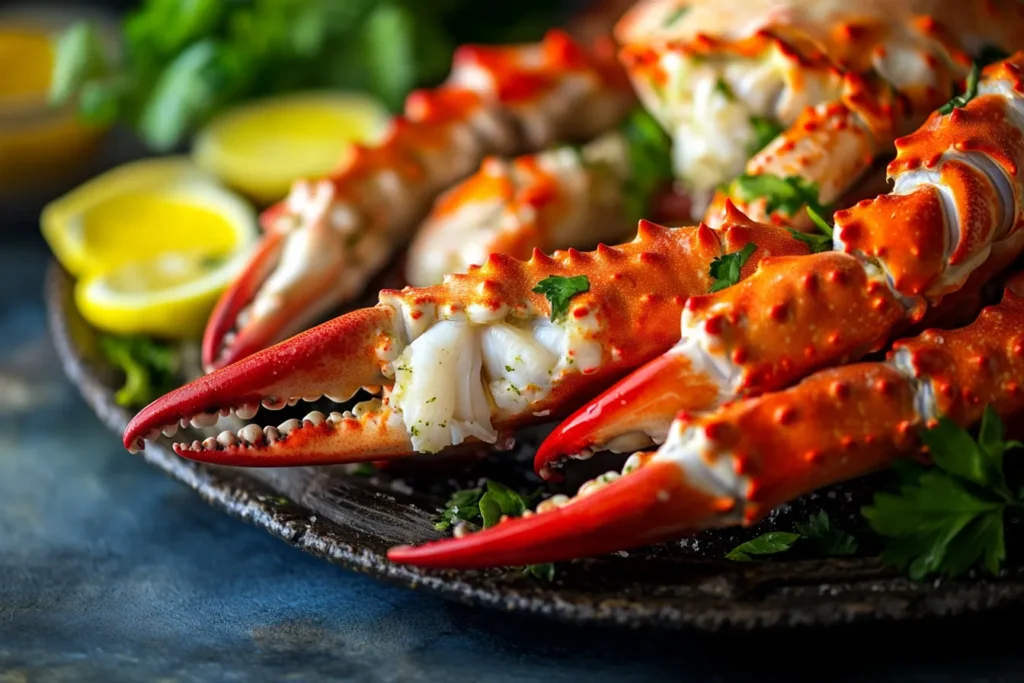
Conclusion
Imitation crab, while not a direct substitute for real crab meat, can be a convenient and budget-friendly option for various seafood dishes. While it may not offer the same nutritional profile as its natural counterpart, imitation crab can still be a part of a balanced diet when consumed in moderation. By understanding its nutritional value, exploring healthier alternatives, and following best practices for preparation and storage, you can enjoy the versatility of imitation crab while making informed choices about your culinary creations.
I encourage you to try the recipes and tips outlined in this comprehensive guide and share your experiences in the review section or by leaving a comment. If you’d like to receive more updates on healthy, delicious, and easy-to-follow recipes, be sure to subscribe to our blog for future articles. Happy cooking!
FAQs
A: What is imitation crab made of?
Imitation crab, also known as surimi, is typically made from white fish, such as pollock or cod, that has been processed to mimic the texture and flavor of real crab meat. It often contains starch, egg white, salt, sugar, and various flavorings and coloring agents to enhance the crab-like appearance and taste.
B: Is imitation crab healthy?
Imitation crab can provide some nutritional benefits, including protein and certain vitamins and minerals. However, it is generally lower in essential nutrients compared to real crab meat and may contain higher amounts of sodium and added starches. Moderation is key when incorporating imitation crab into a balanced diet.
C: Can I substitute real crab meat for imitation crab in recipes?
Yes, you can substitute real crab meat for imitation crab in most recipes. Real crab meat will provide a more authentic flavor and higher nutritional value, but it may also be more expensive. The substitution can be made on a one-to-one basis, but you may need to adjust seasoning or other ingredients to accommodate the different flavor profile.
D: How long does imitation crab last in the refrigerator?
Imitation crab typically lasts 3-5 days when stored in the refrigerator, either in its original packaging or in an airtight container. For longer-term storage, you can freeze imitation crab for up to 6 months, making sure to wrap it tightly to prevent freezer burn.
E: Can I use imitation crab in sushi?
Yes, imitation crab is commonly used in sushi and sushi rolls. Its crab-like texture and flavor profile make it a popular and affordable ingredient for various types of sushi, from California rolls to specialty maki. Just be sure to follow food safety guidelines when handling raw fish or seafood components in your sushi preparations.
Print
Authentic Guide Is Imitation Crab Healthy Pros Cons Revealed
- Total Time: 15-25 minutes
Description
Discover the truth about imitation crab pros cons nutrition facts Uncover the authentic guide to whether this seafood substitute is healthy
Ingredients
- Imitation crab (surimi)
- Mayonnaise (optional)
- Lemon juice (optional)
- Diced vegetables (optional)
- Spices and seasonings (optional)
Instructions
- Start by gently flaking or shredding the imitation crab meat into bite-sized pieces.
- In a large bowl, combine the prepared imitation crab with any additional ingredients called for in your recipe, such as mayonnaise, lemon juice, diced vegetables, or spices. Gently mix the ingredients until they are evenly distributed.
- If your recipe calls for chilling the mixture, cover the bowl and refrigerate it for the recommended time, usually 30 minutes to an hour. This allows the flavors to meld and the mixture to firm up.
- Alternatively, if you’re ready to serve, simply transfer the imitation crab mixture to a serving dish and enjoy it immediately, either on its own or as part of a larger dish.
Notes
Nutritional values may vary depending on the specific brand and recipe used. Moderation is key when incorporating imitation crab into a balanced diet.
- Prep Time: 10-15 minutes
- Chilling: 30 minutes to 1 hour
- Cook Time: 5-10 minutes
- Category: Seafood, Appetizer, Main Dish
- Method: Baking, Grilling, Sautéing
Nutrition
- Serving Size: 2 ounces
- Calories: Typically 70-100 calories per 2-ounce serving
- Sugar: 1-2 grams per serving
- Sodium: 300-500 mg per serving
- Fat: 2-4 grams per serving
- Saturated Fat: Less than 1 gram per serving
- Carbohydrates: 3-6 grams per serving
- Protein: Approximately 10-15 grams per serving
- Cholesterol: Typically 15-20 mg per 2-ounce serving
If you want more seafood recipes, click here

